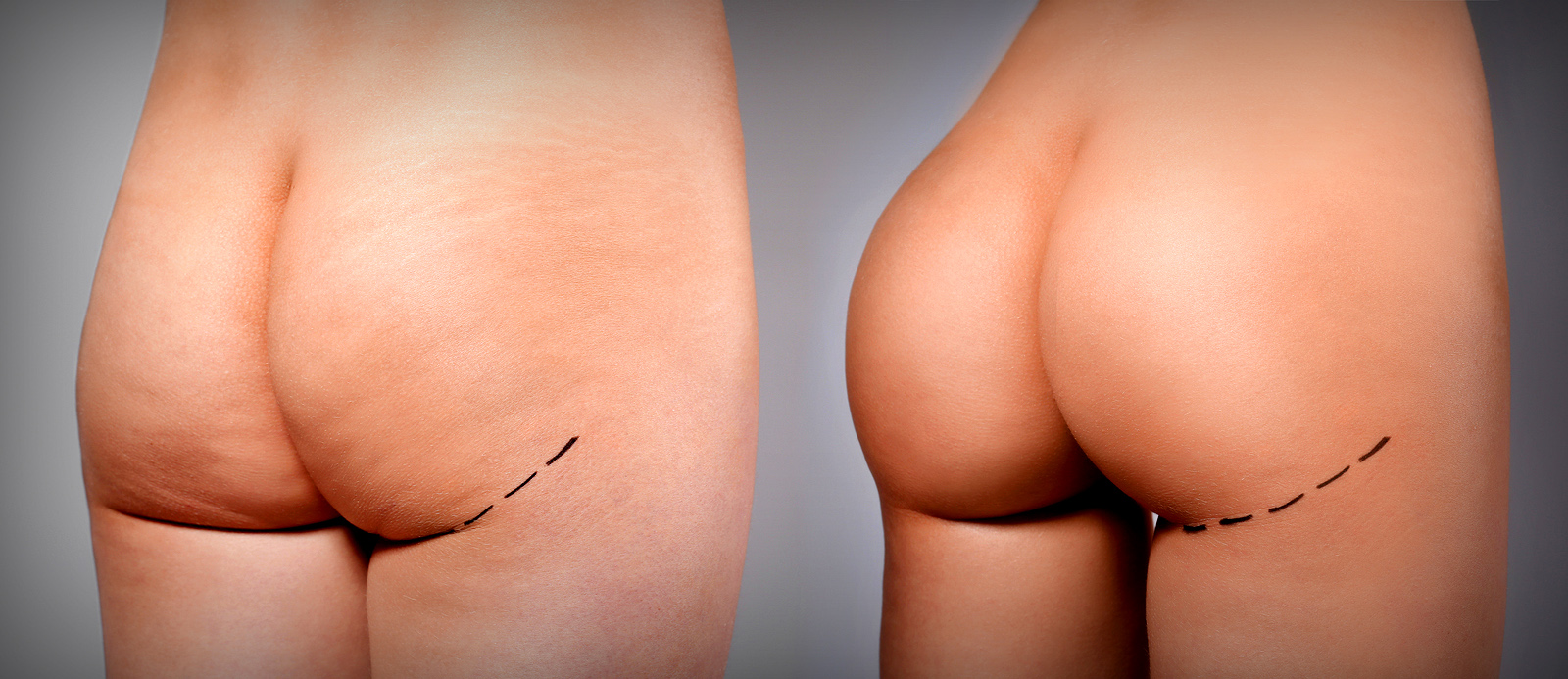
Buttock augmentation is a surgery that adds fullness and projection to buttocks that are flat or saggy. A typical butt augmentation candidate is not happy with the shape and appearance of the backside because she finds it to be flat, small or saggy. There are multiple methods to enhance the buttocks and they include implants, fat transfer and a lift. In general, buttock augmentation candidates are looking to improve the balance of their figure, increase the fullness and roundness of their backside and improve their self-confidence.
According to the American Society of Plastic Surgeons, the average cost of buttock augmentation using fat grafting is $4077. The price varies according to the technique used by the surgeon as a buttock lift is $4509 while buttock implants are $4580. The price also varies depending on a number of factors including fees charged by the surgeon, surgical facility fees, anesthesia fees and the geographic area where the surgery is performed.
Buttock augmentation can be performed by a variety of techniques and they include:
Patients need to be aware of potential risks and complications before undergoing buttock augmentation. While there are many common risks and complications, there are also some that are specific to the technique performed on the patient:
Patients who undergo implants will need to wear a compression garment for 2-3 weeks after the surgery. The garment is to be worn 24 hours a day to provide support and help the skin redrape properly. A drain is placed in order to remove excess fluid at the incision sites. Patients should avoid sitting for 1-2 weeks. The drains are removed after about a week and any sutures are removed after 10 days.
Patients who have a BBL will need to avoid any prolonged sitting for at least 2-3 weeks in order to avoid damaging the transferred fat. They will also need to sleep face down or on their side. They will be given a compression garment to wear 24 hours a day for about 3 weeks and drains might be placed to remove any excess fluid or blood.
Traditional butt lift recovery is similar to the above recovery periods since patients need to wear a compression garment and avoid any prolonged sitting on the treated area.
The final results from a BBL or buttock implants should be permanent if performed by a board-certified and skilled surgeon. The results from a traditional butt lift are usually long lasting and the final length of results varies between patients.
-MA